Mass communication department talks creativity

November 8, 2017
Professor Tanya Ryan, along with a group of Winona State University student speakers, lead a CLASP talk Wednesday, Nov. 1 in Stark Hall that walked through an explanation and debunking of common creativity myths.
Ryan is a faculty member in the mass communication department and teaches primarily on consumer behavior and creativity.
Ryan is also interested in advertising ethics, corporate social responsibility and green advertising.
Before the presentation, audience members were handed cloth bags advertising the event and a quiz sheet with true/false questions relating to creativity. Then, the speakers went through each question and explained why they were all myths.
The first myth discussed whether or not everyone is creative. Senior advertising major Emily Sheptoski explained though every person had the ability to become more creative, some people were born inherently more creative.
The second myth discussed what required more creativity: fine arts or crafts. Junior advertising major Taylor Nasinec said though people believe fine arts require less creativity than crafts, most highly praised art is influenced by crafts in some way.
“The fascinating thing that most people don’t realize is that fine arts and crafts actually intersect,” Nasinec said. “Crafts are functional ways to demonstrate creativity.”
Senior public relations and Spanish major Jacqueline Fiorillo discussed whether or not children are more creative than adults and said as children grow up, they do not become less creative, but are more selective with what they put energy into creating.
“The trick to maintaining that creative spirit [that] children have is to imagine a solution to a problem and ask ourselves, ‘Why not?'” Fiorillo said.
Senior advertising major Kim Aspen tackled the question as to whether or not creativity comes from the unconscious.
“The thing about creativity is that it’s not a passive thing,” Aspen said. “It’s a process, not a singular spontaneous event.”
After establishing creativity is not a passive process, Ryan outlined the basic process of creativity: preparation, incubation, illumination and evaluation. She also stressed that an essential part of the creative process is the ambition and motivation to solve a problem or to achieve a goal.
Ryan also discussed whether or not creativity is caused by spontaneous inspiration and used Mark Zuckerberg, creator of Facebook, as an example.
Ryan said Zuckerberg’s schooling and positive influences in his life led him to the successes he achieved, therefore making it evident that creativity does not happen “within a vacuum”.
Junior public relations major Brian Waldbillig discussed the last myth about whether or not creativity was the same thing as originality.
“When it comes down to it, nothing is truly original,” Waldbillig said.
Waldbillig explained that a lot of iconic artists have “stolen” or been inspired by artists that came before them.
One example shared was Lady Gaga’s fashion choices, and how many of them mirror Madonna’s, an artist that came before her. Waldbillig also brought up Andy Warhol and Claude Monet, and how they were inspired by the works of many artists that came before them.
“In most cases, having the background knowledge of what came before you only helps your art to be more creative,” Waldbillig said.
Ryan also explained the myth that most creative work goes unnoticed or unappreciated until after the creator’s time, when they are discovered decades later.
“Truly creative work will be noticed by society and critiqued by experts in its time,” Ryan said.
Ryan concluded the talk by thanking the students that presented with her, and inviting interested audience members to attend more CLASP talks whose schedule can be seen on the Winona State events website.























































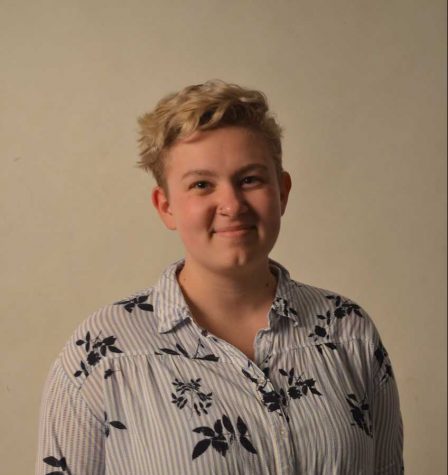





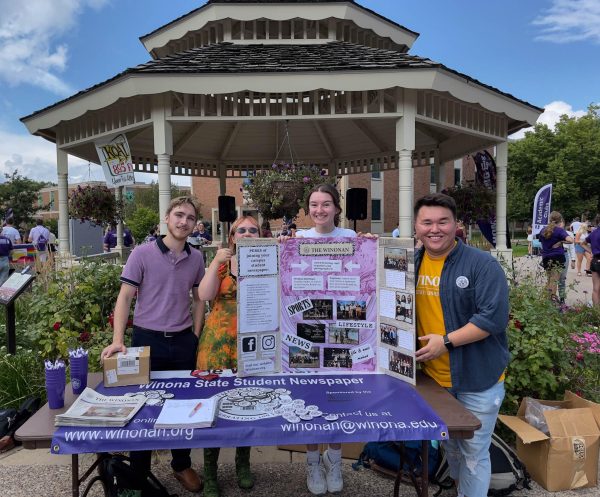
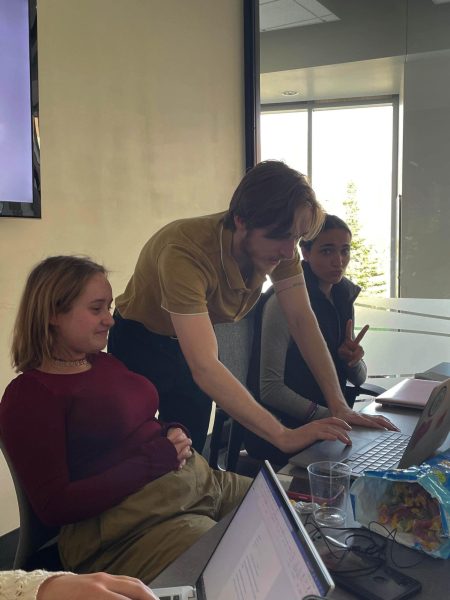
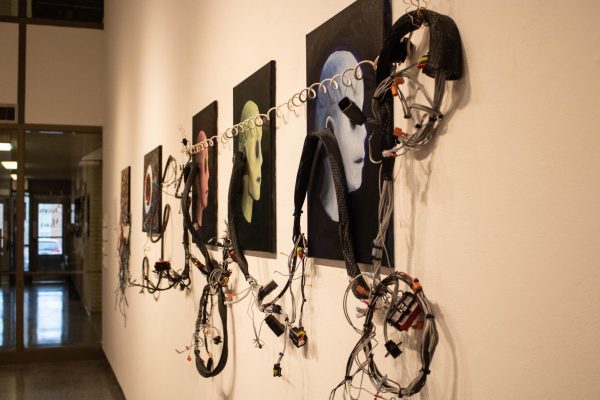
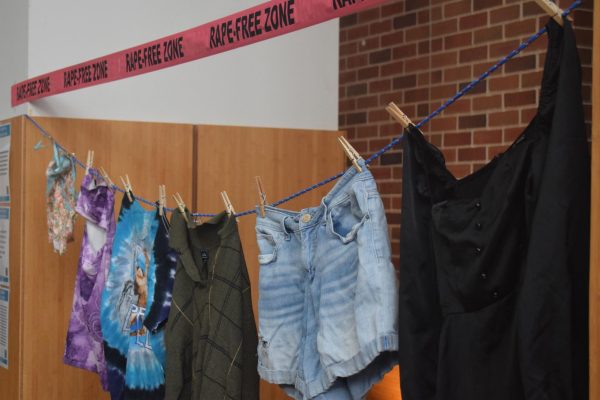
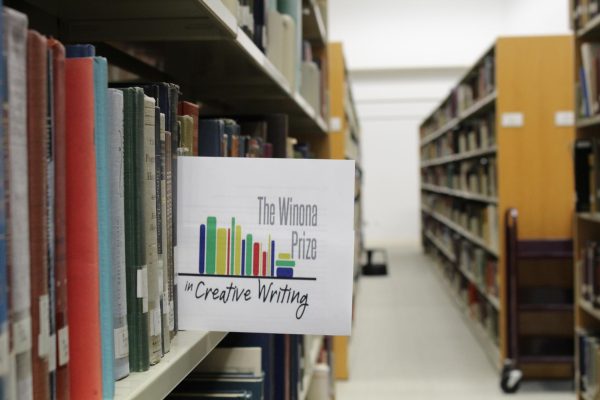


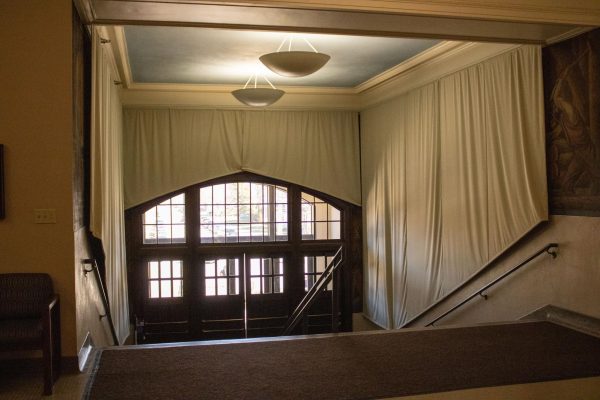

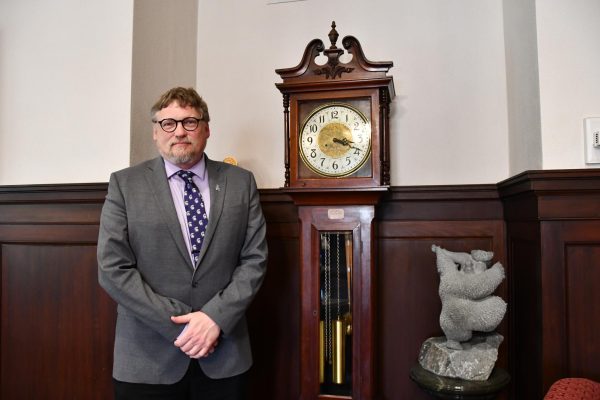
Okuse Marvellous • Mar 17, 2020 at 6:27 am
I don’t even know how I ended up here, but I thought this post was great. I don’t know who you are but certainly, you are now a famous blogger already ? Cheers!
Thanks for the update, I really appreciate. I want to use this meduim to share with you about
toxicwap tv series.